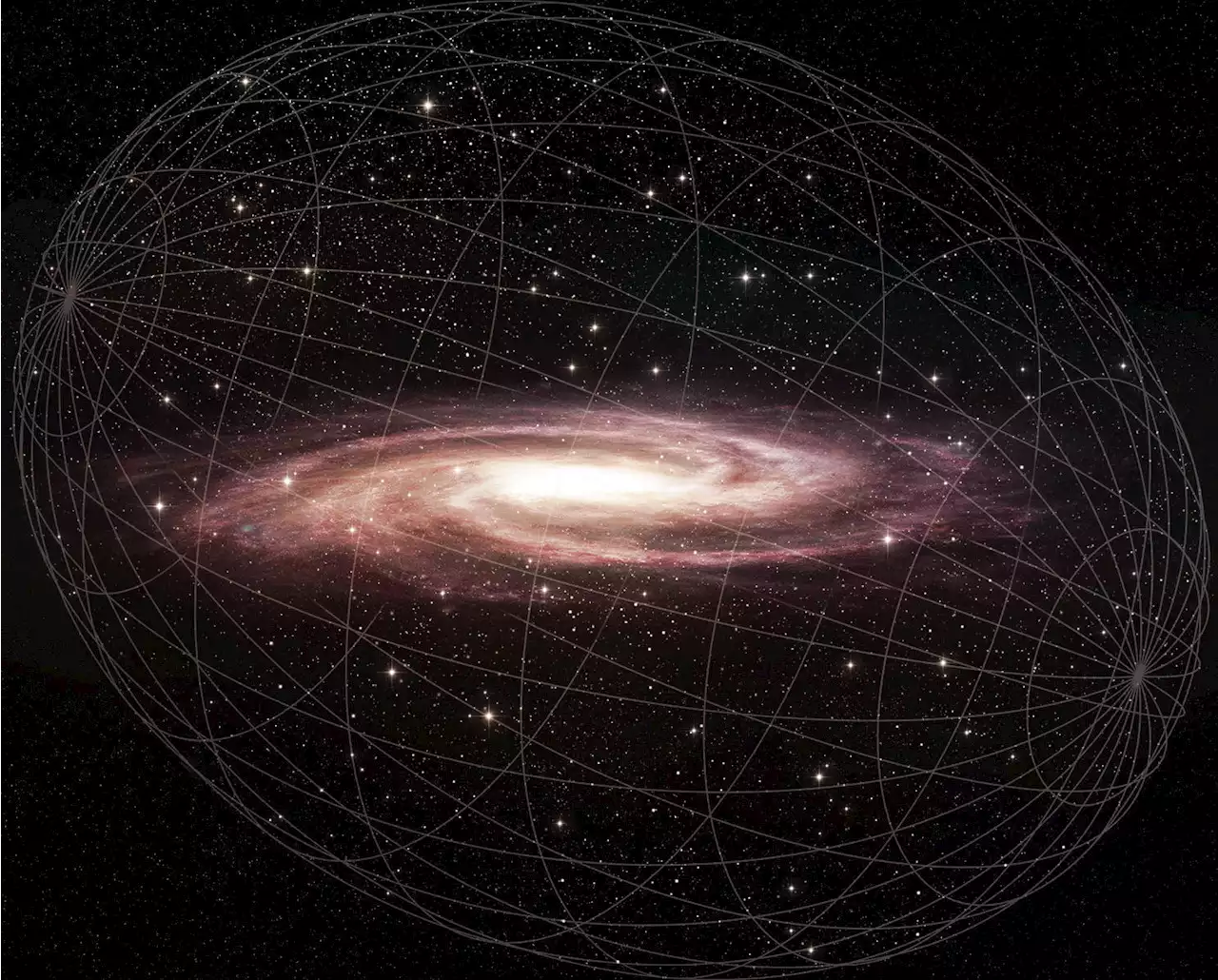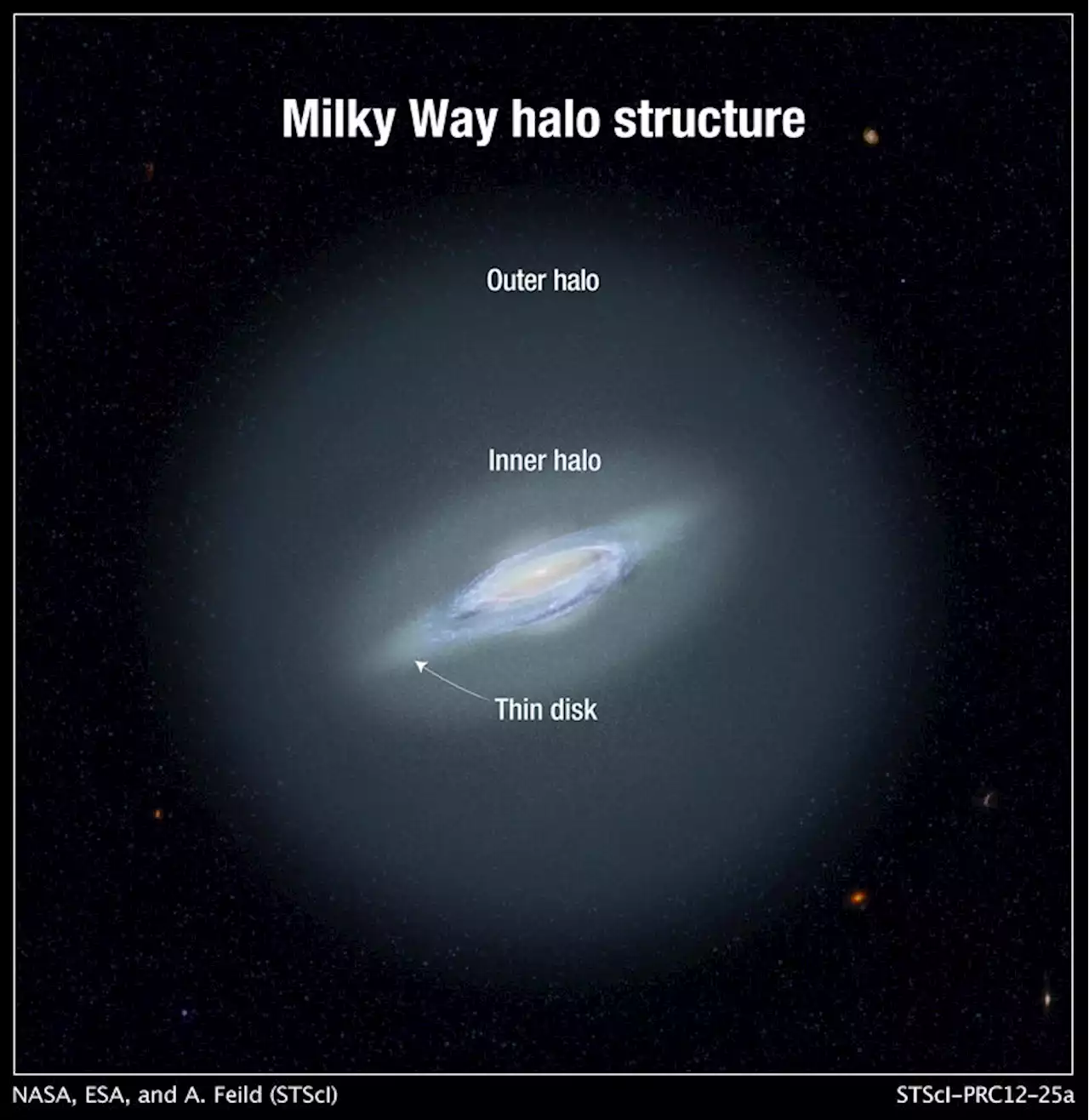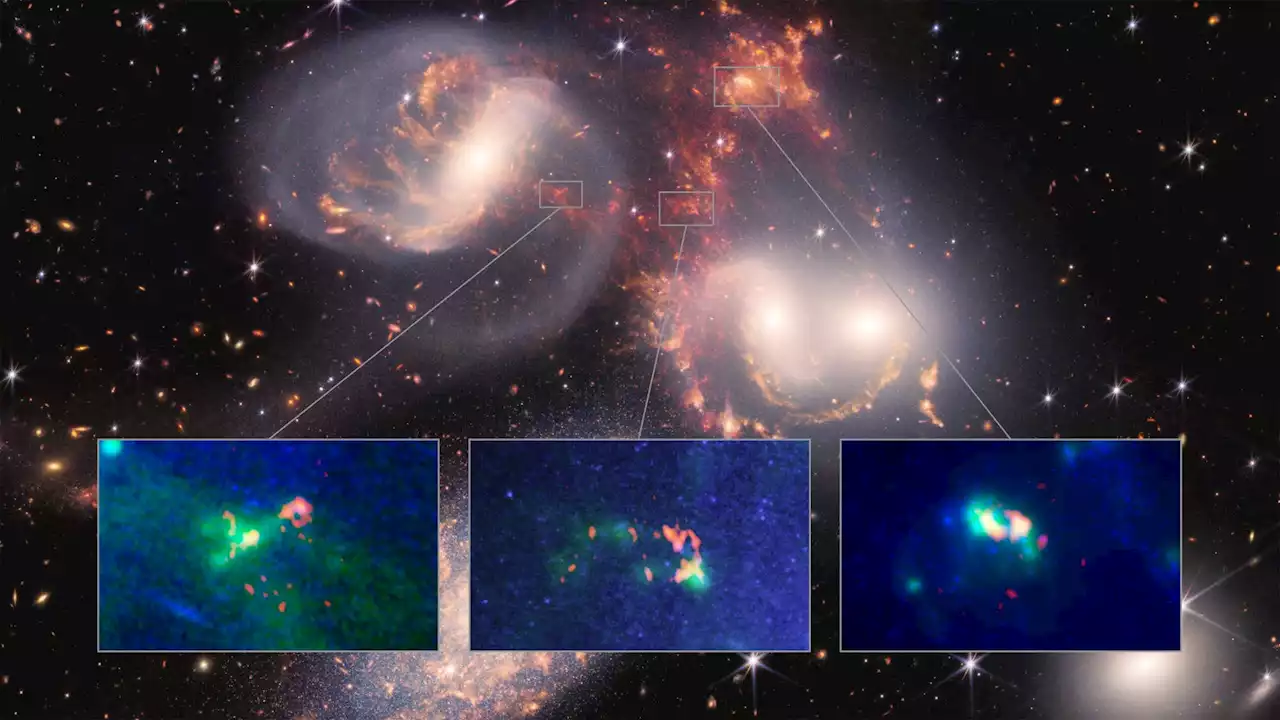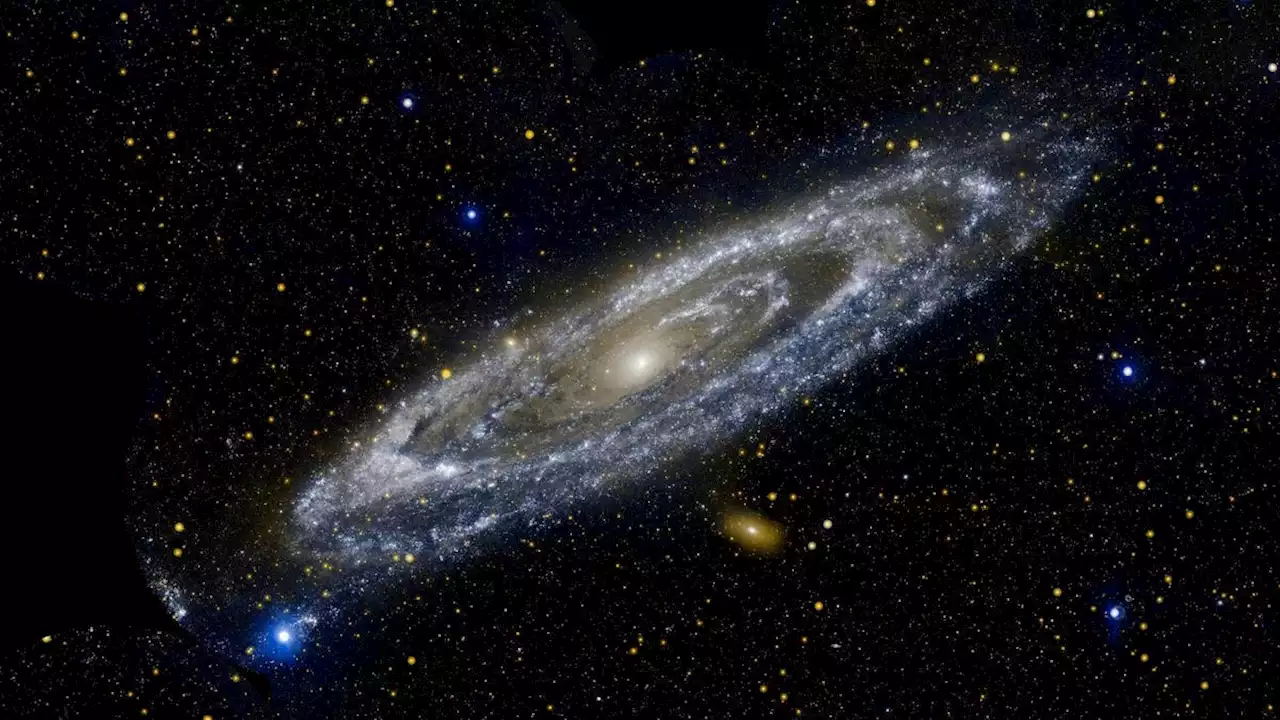The farthest one is nearly halfway to the Andromeda Galaxy.
By measuring the brightness of the stars, the team has been able to confirm the theoretical estimates of galactic distances and will continue to use the data to refine galactic models.
"This robust sample of distant RR Lyrae stars gives us a very powerful tool for studying the halo and testing our current models of the size and mass of our galaxy," Feng said. The team is presenting its research at the American Astronomical Society meeting in Seattle on January 9 and 11.
United States Latest News, United States Headlines
Similar News:You can also read news stories similar to this one that we have collected from other news sources.
 Harvard Astronomers Have Revealed the True Shape of the Milky Way’s Halo of StarsA recent study has unveiled the true shape of the diffuse cloud of stars surrounding the disk of our galaxy, known as the stellar halo. Previously thought to be largely spherical, like a beach ball, the new model, based on modern observations, shows that the stellar halo is oblong and tilted, simila
Harvard Astronomers Have Revealed the True Shape of the Milky Way’s Halo of StarsA recent study has unveiled the true shape of the diffuse cloud of stars surrounding the disk of our galaxy, known as the stellar halo. Previously thought to be largely spherical, like a beach ball, the new model, based on modern observations, shows that the stellar halo is oblong and tilted, simila
Read more »
 Astronomers find the most distant stars in our galaxy halfway to AndromedaAstronomers have discovered more than 200 distant variable stars known as RR Lyrae stars in the Milky Way's stellar halo. The most distant of these stars is more than a million light years from Earth, almost half the distance to our neighboring galaxy, Andromeda, which is about 2.5 million light years away.
Astronomers find the most distant stars in our galaxy halfway to AndromedaAstronomers have discovered more than 200 distant variable stars known as RR Lyrae stars in the Milky Way's stellar halo. The most distant of these stars is more than a million light years from Earth, almost half the distance to our neighboring galaxy, Andromeda, which is about 2.5 million light years away.
Read more »
 NASA’s Telescope Spots a Sonic Boom Bigger Than the Milky WayAstronomers using observations from Webb along with the Atacama Large Millimeter/submillimeter Array have discovered a sonic boom several times larger than the Milky Way, caused by colliding galaxies in Stephan’s Quintet.
NASA’s Telescope Spots a Sonic Boom Bigger Than the Milky WayAstronomers using observations from Webb along with the Atacama Large Millimeter/submillimeter Array have discovered a sonic boom several times larger than the Milky Way, caused by colliding galaxies in Stephan’s Quintet.
Read more »
 Violent Galactic Shockwave: Webb Space Telescope Reveals Sonic Boom Bigger Than the Milky WayALMA and Webb Reveal Galactic Shock is Shaping Stephan’s Quintet in Mysterious Ways Shockwaves resulting from the violent collision between an intruder galaxy and Stephan’s Quintet are helping astronomers to understand how turbulence influences gas in the intergalactic medium. New observations with
Violent Galactic Shockwave: Webb Space Telescope Reveals Sonic Boom Bigger Than the Milky WayALMA and Webb Reveal Galactic Shock is Shaping Stephan’s Quintet in Mysterious Ways Shockwaves resulting from the violent collision between an intruder galaxy and Stephan’s Quintet are helping astronomers to understand how turbulence influences gas in the intergalactic medium. New observations with
Read more »
 James Webb Space Telescope detects a sonic boom bigger than Milky WayObservations made with JWST and ALMA allowed researchers to see the complex interactions within the multi-galaxy collision event known as Stephan's Quintet
James Webb Space Telescope detects a sonic boom bigger than Milky WayObservations made with JWST and ALMA allowed researchers to see the complex interactions within the multi-galaxy collision event known as Stephan's Quintet
Read more »
 Astronomers Find the Edge of Our GalaxyNew research on pulsing stars has shifted the boundary of the Milky Way a few thousand light-years closer to the Andromeda galaxy.
Astronomers Find the Edge of Our GalaxyNew research on pulsing stars has shifted the boundary of the Milky Way a few thousand light-years closer to the Andromeda galaxy.
Read more »